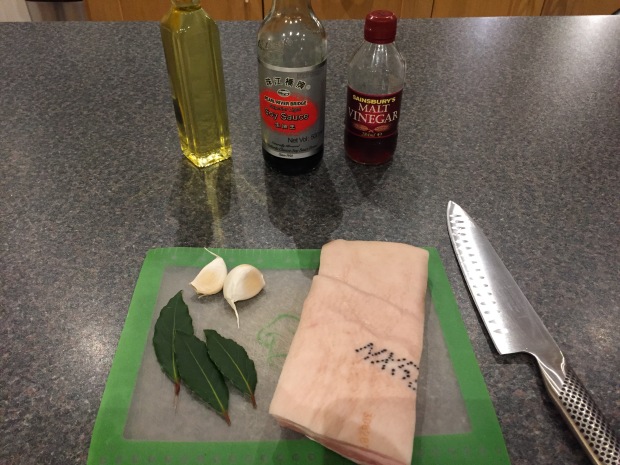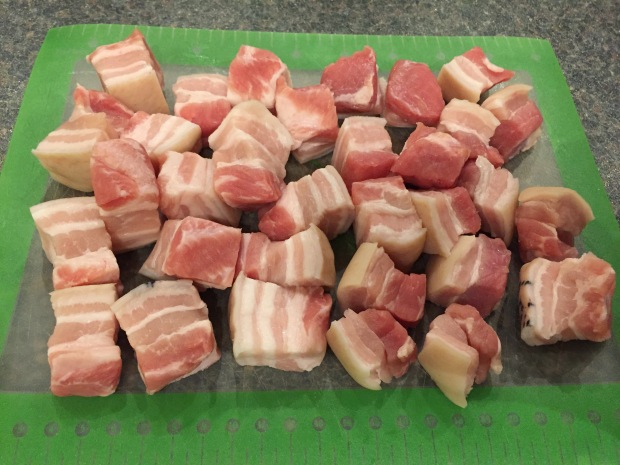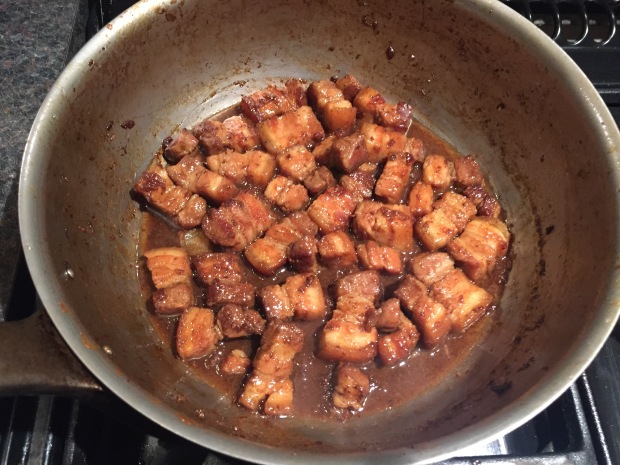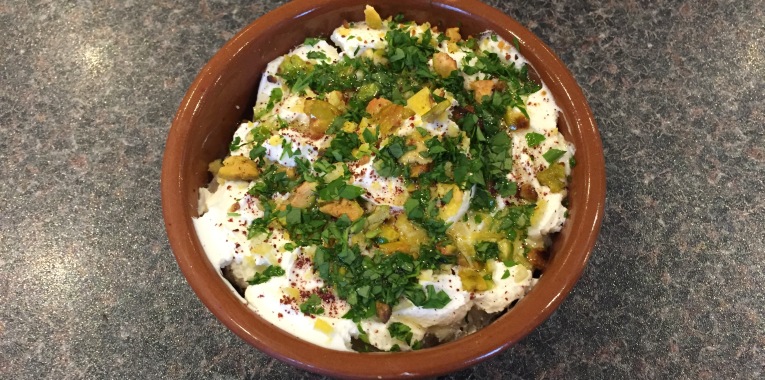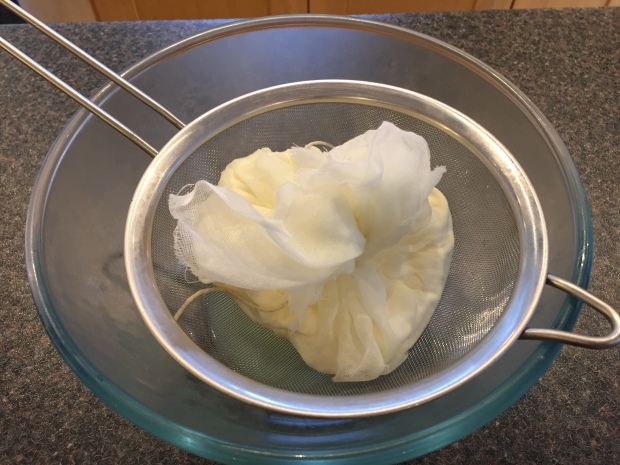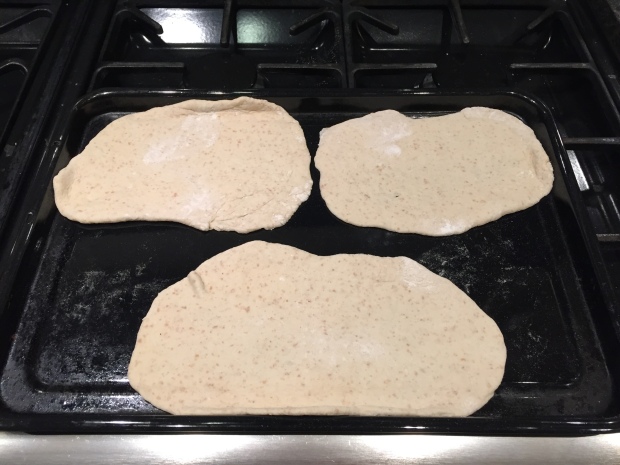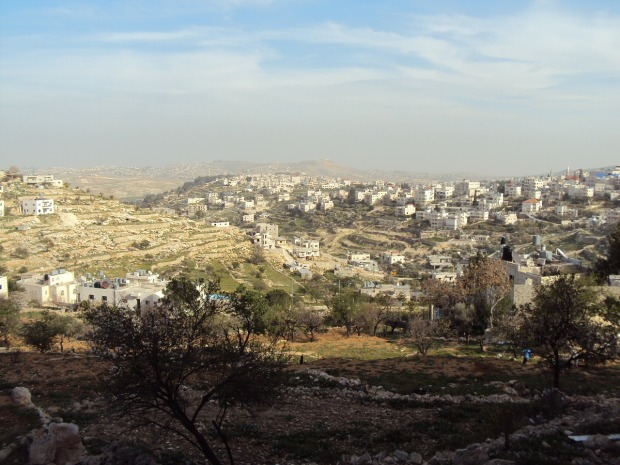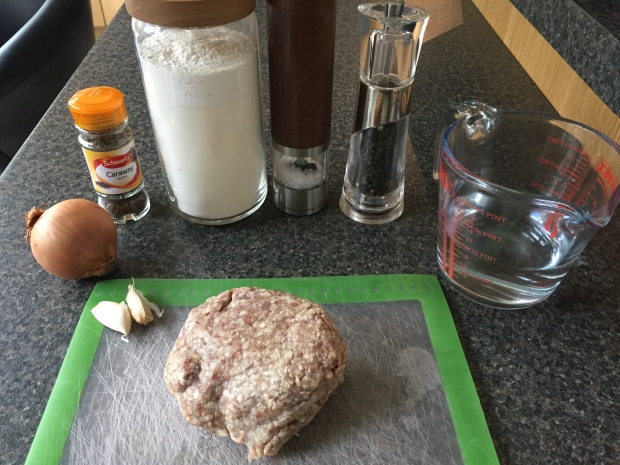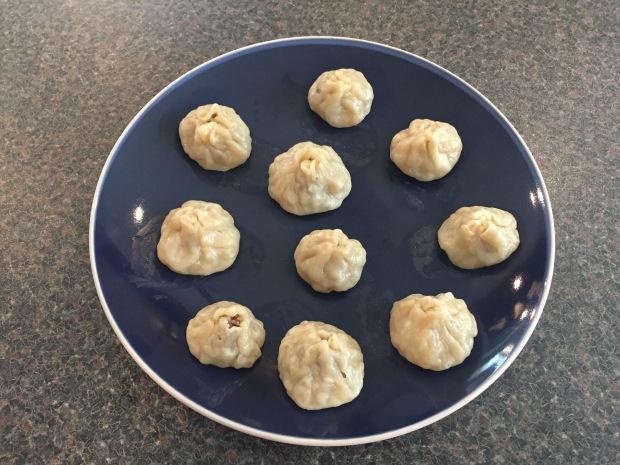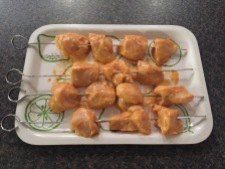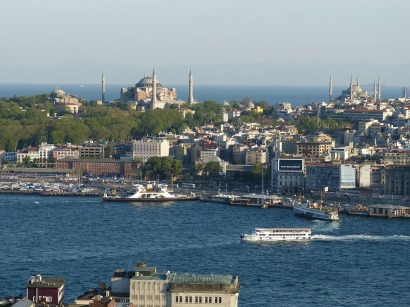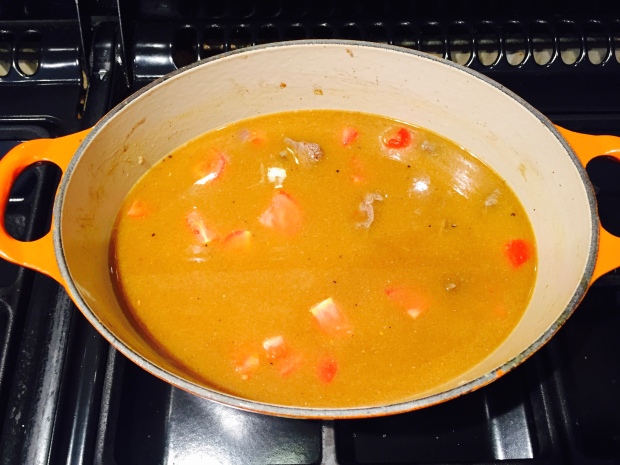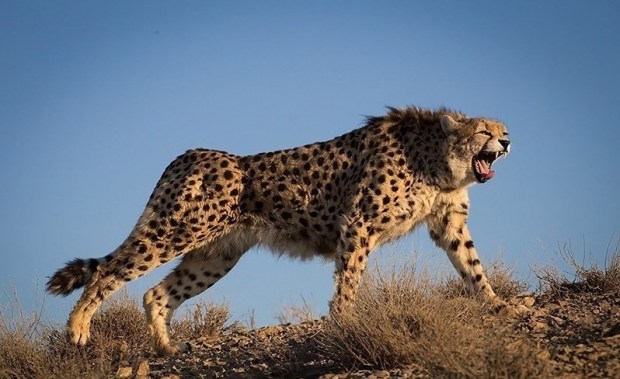The Republic of the Philippines is a Southeast Asian country in the Western Pacific, comprising more than 7,000 islands and named after King Phillip II of Spain.
A few interesting facts:
The world’s largest pearl was discovered by a Filipino diver in the Palawan Sea in 1934. The gem weighs 14 pounds, is valued at US$40 million and is believed to be 600 years old.
The Philippines is the world’s largest producer of coconuts producing 19,500,000 tons in 2009
The Philippines is one of only 3 countries where skunks are found (Indonesia & US are the other two), they are known as skunk badgers
The city of Manilla is the world’s most densely populated city with 41,515 people per square kilometer
The Philippines is home to the world’s longest snake, the Reticulated Python (Python reticulatus), which also happens to be the world’s longest reptile. It can grow to 28.5 feet (8.7 m) in length
The Mindanao Trench or Philippine Trench, to the east of the Philippines in the Pacific Ocean, is the third deepest spot under the world’s oceans at a depth of 10,540 metres
The Battle of Leyte Gulf is generally considered to be the largest naval battle of World War II and, by some criteria, possibly the largest naval battle in history. It was fought in waters near the Philippine islands of Leyte, Samar and Luzon, from 23–26 October 1944
There is no shortage of beautiful beaches in the Philippines, to name a few – the White Beach on Borocay Island (named “Best Island in the World” by travel magazine Travel + Leisure in 2012), El Nido in Palawan (Best Island in 2016), Puerto Galera, Samal Island, Davao City and Panglao Island, Bohol.
Philippine cuisine adopted the preferred Austronesian methods for food preparation; boiling, steaming and roasting and takes influence from by the cuisines of Malay-Indonesia, India, Japan, China, Spain and America. Dishes centre around the combination of sweet (tamis), sour (asim), and salty (alat). Filipino recipes I came across include Afritada (chicken and/or pork and potatoes cooked in tomato sauce), Tinolang Manok (chicken soup), Lechon (roasted whole pig), Torta (omelette), Kaldereta (goat meat stew), Mechado (braised larded beef), Kare-kare (oxtail stew), Sinigang (sour soup) and Bibingka (rice cake). I made Adobo (pork braised in garlic, vinegar, oil, peppercorns, bay leaves and soy sauce), which is one of the most popular Filipino dishes and can also be made with chicken. It was simple to make and full of flavour.
Rating: 9/10
Serves: 2
Prep time: 10 minutes + 2 hours marinating
Cook time: 1 hr 10 minutes
450g pork belly
2 cloves of garlic pounded
3 bay leaves
1/4 cup soy sauce
3/4 cups water
1/8 cup malt vinegar
1 tbsp cooking oil
Marinate pork belly, soy sauce, bay leaves & garlic for at least 1 hour in a pan or wok.
Turn the heat on the pan to medium and stir well
Add water and simmer for 30-45 minutes
Add vinegar and simmer for 10-15 minutes
Turn off the heat and separate the meat from the marinade
Add the oil to the pan over a medium – high heat
Fry the meat for 5 – 10 minutes
Add the sauce, stir and serve with hot rice
